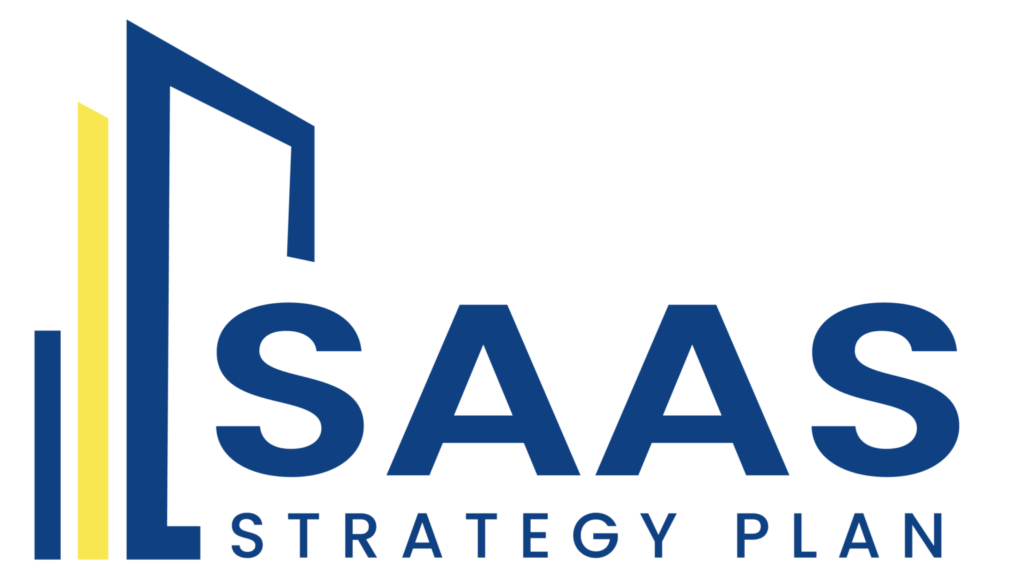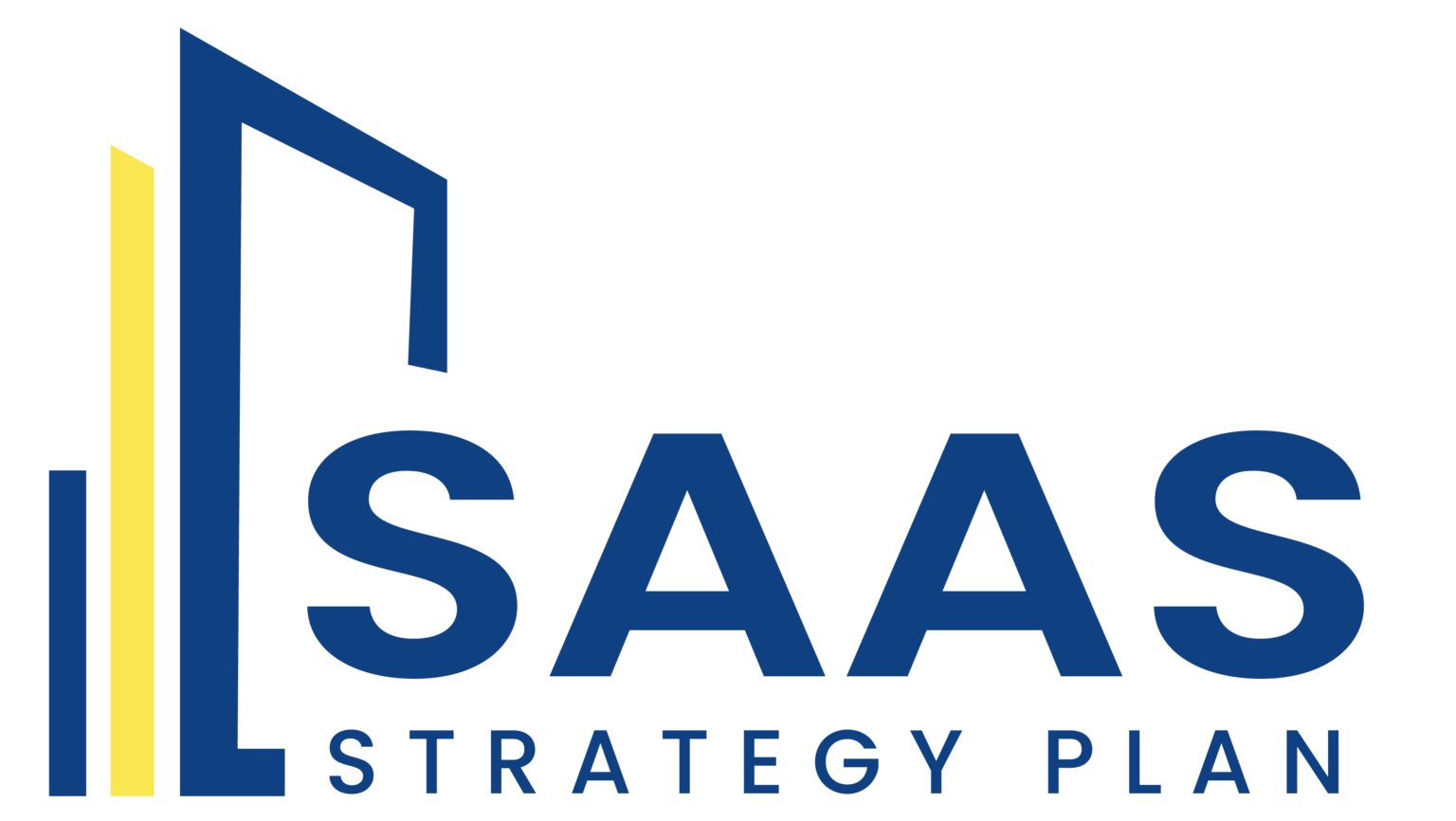Leveraging Artificial Intelligence to Enhance SaaS Product Development: A 2025 Strategy
Artificial Intelligence (AI) is revolutionizing the Software-as-a-Service (SaaS) industry by providing innovative solutions that drive smarter product development, improve customer experiences, and enable companies to stay competitive. As the demand for personalized, seamless, and intuitive products grows, SaaS businesses must embrace AI to stay ahead. But what does it mean to integrate AI into your product development, and how can it enhance your SaaS offerings? In this guide, we’ll explore how to leverage AI effectively in your product development strategies for 2025. Why AI in SaaS? AI is no longer just a futuristic concept; it’s here, and it’s shaping the way SaaS companies build products. From automating workflows to providing real-time customer insights, AI enables SaaS providers to offer highly tailored, data-driven products. Here’s how you can leverage AI for enhanced SaaS product development: 1. AI for Personalization AI allows SaaS companies to offer personalized experiences for their users. By analyzing user behavior and preferences, AI can help you tailor your product’s features and interface to meet the specific needs of individual users or customer segments. Personalization not only improves user engagement but also drives higher customer satisfaction and retention. For example, platforms like Netflix and Spotify use AI to recommend content based on individual preferences, creating a more engaging user experience. Similarly, in SaaS, AI-driven recommendations can guide users through the product, suggesting features, reports, or tools that might be most useful to them. 2. Enhancing Customer Support with AI AI-powered chatbots and virtual assistants are increasingly being integrated into SaaS platforms to provide 24/7 customer support. These AI-driven tools can handle a wide range of customer queries, troubleshoot common issues, and even escalate complex problems to human agents when necessary. By automating these processes, SaaS businesses can ensure that customers receive fast, efficient support, improving overall satisfaction and retention. Moreover, AI tools can analyze customer interactions and feedback to identify recurring issues and pain points, enabling you to refine your product continuously. 3. Predictive Analytics for Product Improvements AI’s ability to analyze large datasets can provide invaluable insights into how users interact with your product. Using AI-driven predictive analytics, you can forecast trends, customer behavior, and potential issues before they arise. This allows your team to proactively make improvements to the product or adjust features to meet changing user needs. For instance, AI can analyze user feedback and usage data to predict which features are underperforming or which areas of your product need enhancement. By acting on these insights, you can prioritize updates that will most positively impact customer satisfaction and retention. 4. Automating Routine Development Tasks AI can significantly speed up the software development process by automating repetitive tasks. From testing to debugging, AI can help reduce the time spent on manual processes, allowing developers to focus on more complex and creative aspects of product development. This improves overall productivity and shortens development cycles, enabling your SaaS business to bring new features to market faster. AI tools can also automate code reviews, identify bugs, and suggest code optimizations, resulting in higher-quality software and reduced development costs. 5. Data-Driven Decision Making AI can assist in making data-driven decisions that shape the future of your product. By using AI to analyze customer data, you can identify patterns, preferences, and pain points that inform your product roadmap. Whether it’s feature requests, user satisfaction scores, or user retention data, AI can provide real-time insights that help you make smarter, more informed decisions about where to take your product next. Conclusion AI is transforming the way SaaS companies approach product development, offering solutions that not only enhance the product but also improve customer experiences, streamline operations, and drive business growth. To stay competitive in 2025 and beyond, SaaS providers must embrace AI as an essential part of their product development strategy. By integrating AI, you can create smarter, more personalized products that meet the ever-changing demands of your customers.
Leveraging Artificial Intelligence to Enhance SaaS Product Development: A 2025 Strategy Read More »





